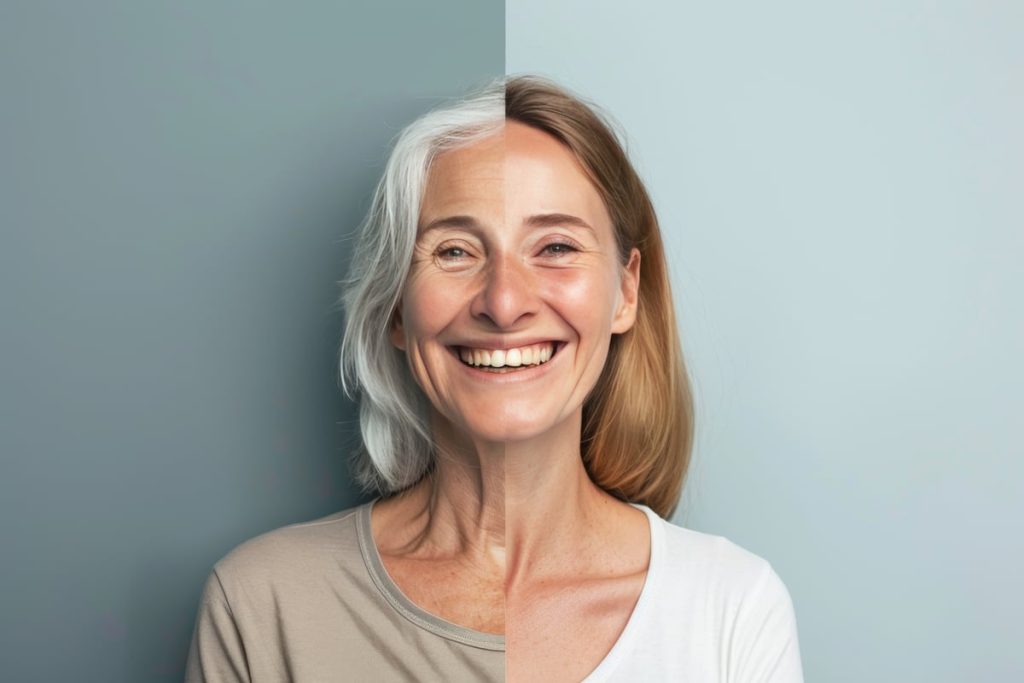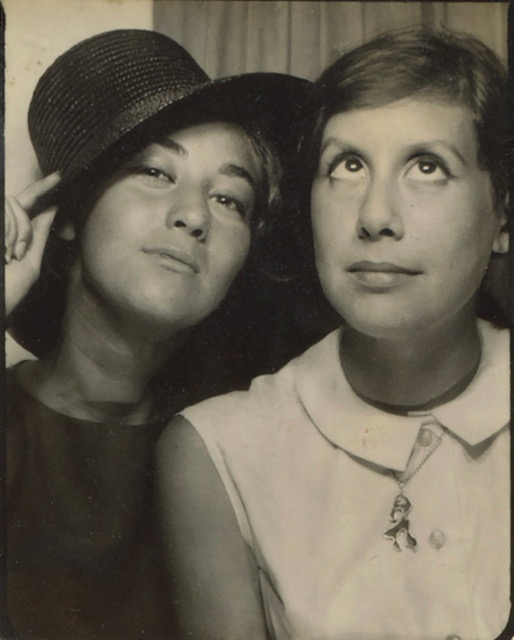Robots and sensors and Skype, oh my. Test your knowledge of how technology can help us in our later years.
Technology
Congratulations - you have completed Technology.
You scored %%SCORE%% out of %%TOTAL%%.
Your performance has been rated as %%RATING%%
Your answers are highlighted below.
Question 1 |
Adults over 65 have been slow to embrace technology and are reluctant to upgrade to smartphones.
True | |
False |
Question 1 Explanation:
According to the Pew Research Center, four in 10 adults over 65 now own smartphones, up from only two in 10 in 2013. About a third of this age group owns a tablet. As you might expect, the higher the household income and education level, the higher the likelihood is that someone will have a smart device and use the internet regularly. But even though they have the devices and internet access (67 percent of adults over 65), many in this age group say they lack confidence in using these tools to navigate the world online. They report needing someone to show them how to use their devices effectively. Once they are comfortable, however, about three-quarters of adults over 65 say they are online at least once a day. As for adults over 80, about 44 percent use the internet and only 17 percent own smartphones.
Question 2 |
Fitness apps are designed with just younger adults in mind.
True | |
False |
Question 2 Explanation:
Yes, there are countless apps for people in the prime of their athleticism, but there are just as many that are adaptable to any fitness level or interest. Is walking your thing? Map My Walk can design a route that tells you everything from distance or elevation to expected calories burned. Want to lose weight? Try My Fitness Pal. Interested in yoga or meditation? Pocket Yoga has routines for everyone and Headspace offers guided instruction, some of it free. You can even check your heart rate with your smartphone camera and the Instant Heart Rate app. There are so many workout apps on both iOS and Android, the sky—not your age—really is the limit.
Question 3 |
Household sensors and GPS monitoring can allow an aging person to live alone at home instead of in a care facility.
True | |
False |
Question 3 Explanation:
Unobtrusive, high-tech monitoring systems can put both an older adult and his or her distant family more at ease if the person wishes to live alone in later years. These internet-based systems track daily activity and vitals through sensors placed around the home. The sensors can tell if a person hasn’t left a room all day, for example, or if a refrigerator hasn’t been opened. Faraway family members can monitor this from their end and act on the information provided. The adult living alone also may be able use the system to get online for video chats, music and social media. As for medication, digital pill dispensers can be filled in advance by a family member or caregiver, programmed and locked; they’ll voice or flash a reminder and open at programmed times. Other useful devices include wearable help buttons that, when pressed, contact emergency services in the event of a fall or illness (there are also smartphone apps that serve a similar purpose). And GPS watches or pendants can pin down a person’s location when they leave the home, whether they went for a long walk or have dementia and wandered away. Unfortunately, Medicare and insurance do not pay for these devices, though Medicaid may reimburse for some technologies.
Question 4 |
Technology can be a great help when it comes to forgetfulness.
True | |
False |
Question 4 Explanation:
There are so many tools for those of us who need a little memory jog. There are Bluetooth trackers that you can stick to your belongings—like keys, TV remote, wallet, purse, pet collar, etc.—then locate with the corresponding smartphone app, like Tile or Pixie. There are keyless entries for when you forget your house key and gadgets that not only let you know if you left the garage open but enable you to close it remotely. There are apps to help you remember where you parked your car and how long you have on the meter and others that remind you to take your medication at set times. Online calendars help us remember appointments and birthdays, and you can always use your device to send yourself texts and emails with reminders and lists. And technology isn’t just for picking up the slack when we forget what we were doing; it can help us sharpen our minds to keep forgetfulness at bay. Apps and online memory games and puzzles stimulate our brains and can even help people living with dementia.
Question 5 |
Robots that help take care of us will always be a science-fiction fantasy.
True | |
False |
Question 5 Explanation:
Researchers are experimenting with robots that would perform basic caregiving and household tasks to assist older adults who want to age in place. They are also trying out robotic pets to see if they have a calming effect on people, particularly those with Alzheimer’s disease. In Japan, the government is investing heavily in robotic technology for older adults. (People over 65 make up over a quarter of Japan’s population now and will increase to 40 percent by 2065.) Someday a robot bear may lift adults; a cuddly baby seal may provide therapeutic relaxation. While exciting, these robots are very expensive and specialized. Then there are Google’s Home and Amazon’s Echo (aka Alexa). These voice-control systems aren’t exactly robots, but they can make phone calls, provide reminders, play music, turn on lights, adjust temperature, lock the front door, order food and even tell bedtime stories and jokes. But even though robots could alleviate the burden of caregiving in some ways, they likely won’t ever replace human caregivers entirely. Care solely by robots could increase social isolation and decrease communication between older and younger generations. Human touch and connection will always be a key part of living.
Question 6 |
If you don’t use a smartphone, ride-hailing services like Uber and Lyft are not easy options for you.
True | |
False |
Question 6 Explanation:
And that’s unfortunate, because older adults are often the ones who need rides the most. Whether they’ve lost their licenses or simply don’t feel confident behind the wheel any longer, those who don’t drive are at high risk for social isolation and depression and may even skip doctors’ appointments because they don’t know how they’ll get there. Even if they have a smartphone, they may not know how to use it confidently. Lyft and Uber are both working to make it easier to use their services. Lyft is partnering with CareLinx, which has an online tool that lets family or caregivers schedule rides for older adults. Uber has collaborated with AARP at selected senior centers to teach people how to use its app, and the company lets family members schedule rides through UberFamily. Both services are also trying out call centers that people can use without smartphones. In addition, families, friends and caregivers can help older adults feel more comfortable using such apps by going through the process with them, from placing the request through the ride itself.
Question 7 |
Two-way video chats are proving not very effective at building social connection for older adults who live alone and feel isolated.
True | |
False |
Question 7 Explanation:
Video chat tools like Skype and FaceTime are free and offer an easy way for people to communicate with loved ones, no matter where they live. Video chatting is also a great way for older and younger generations to connect, and many grandparents are using this technology to “see” their grandchildren on a regular basis. This type of connection decreases a person’s sense of isolation and reduces loneliness, both of which have proven, negative effects on health. Websites like Facebook also can help an older adult feel connected to friends and family; experts have noted improvement in cognitive skills and sense of self when older people are active on social media. Some caution that it should not be the limit of a person’s interaction with others and that in-person engagement is important to both physical and mental well-being. But video chatting, while unable to provide human touch, does offer face-to-face interaction that benefits those on both sides of the screen.
Question 8 |
Doctors are looking at digital pills as a solution for patients who don’t take their drugs as prescribed.
True | |
False |
Question 8 Explanation:
The Food and Drug Administration (FDA) approved the first digital pill in late 2017, opening up new options to monitor the correct use of medication. The pill has a sensor (made of ingredients like magnesium, copper and silicon, which are also in foods) that reacts with stomach fluids to indicate ingestion. With a patient’s permission, a doctor and family members can use a smartphone app to get data on when the pill was taken—or not taken. This could be tremendously helpful for patients who wish to take their medication on time but forget to do so. Someday, it could even help mitigate opioid and other drug misuse. While some people are concerned that this technology could lead to privacy issues, others believe it will be a boon to public health. The only digital pill available now is an antipsychotic called Abilify, but pharmaceutical companies are developing and testing others for diabetes, heart disease, stroke and HIV.
Question 9 |
All of us will eventually outlive our ability to drive.
True | |
False |
Question 9 Explanation:
That may not be true in the future. Cars today have many advancements that make driving safer. Backup cameras and blind-spot monitors reduce blind spots and help those with neck or back limitations. Automatic emergency braking kicks in if a driver is too slow to react. Power everything—windows, seat adjusters, mirrors, tailgates—plus push-button ignitions and thicker steering wheels are useful for those with arthritis. Consoles with larger displays and glare-reducing mirrors make it easier to see. Then there are the driverless cars of the not-so-distant future, which have great potential to increase mobility for adults who can’t (or don’t want to) drive. And it’s not just cars themselves that can make driving safer. Smartphones can be programmed to turn away calls and text while someone is driving (once you stop, you’ll get the notice that someone tried to contact you and was told you’re unavailable while driving). Researchers are even working on talking street signs that could communicate with both pedestrians and drivers. All of these technologies span generations too, especially for teen drivers with new licenses, making us all safer on the roads.
Question 10 |
Older adults aren’t using medical portals as much as younger people because they think they are too complicated.
True | |
False |
Question 10 Explanation:
Research shows that people in their 60s are just as likely as younger adults to use a medical portal. A portal allows a patient to access medical records, see test results, request prescriptions and communicate directly with doctors (this, say many older adults, is the main attraction). Physicians believe older patients are perfectly comfortable with the technology and that portals help improve health outcomes for people who use them. That said, only about 30 percent of patients over 65 (or under, for that matter) are using medical portals. They are most highly used by people with chronic conditions. Disparities in access to computers and internet play a role in usage; data indicates that black, Latino and Filipino patients, as well as those over 69, are less likely to use portals. These populations are already at higher risk of health problems.
Once you are finished, click the button below. Any items you have not completed will be marked incorrect.
There are 10 questions to complete.


